Table of content
Cooking soybeans can be a delightful culinary experience, especially for those who enjoy the versatility and nutritional benefits of this legume. Whether you’re preparing them for a hearty soup, a savory stir-fry, or simply as a side dish, knowing how to judge when soybeans are cooked properly is crucial. Improperly cooked soybeans can be tough, difficult to digest, and may even pose health risks. Conversely, well-cooked soybeans are tender, flavorful, and packed with essential nutrients. This comprehensive guide will walk you through various methods to determine if soybeans are cooked to perfection.
Understanding Soybean Varieties
Before diving into the cooking process, it’s essential to understand the different types of soybeans available. The most common varieties include:
- Edamame: These are fresh soybeans harvested while the pods are still green. They are often enjoyed boiled or steamed with a bit of salt.
- Green Soybeans: Similar to edamame but may refer to soybeans that are slightly more mature, still having a green hue.
- Dry Soybeans: These are soybeans that have been dried to remove moisture, making them ideal for long-term storage. They are the basis for tofu, soy milk, and various soy-based products.
- Black Soybeans: A variety of soybeans with a dark hue, often used in Asian cuisine for their unique flavor and nutritional profile.
Each type of soybean has its own cooking requirements, but the fundamental principles of determining doneness remain consistent across varieties.
Visual Inspection
One of the simplest ways to assess if soybeans are cooked is through visual inspection. Here’s what you should look for:
- Color Change: As soybeans cook, they undergo a color transformation. Fresh green soybeans, like edamame, will turn a duller green or even slightly yellowish when cooked. Dry soybeans will darken and may develop a more uniform appearance.
- Swelling: Cooked soybeans will swell in size compared to their raw state. This is particularly noticeable with dry soybeans, which can nearly double in size when fully cooked.
- Skin Texture: The outer skin of soybeans should become smoother and less wrinkled. Overcooked soybeans may have skins that split or fall off easily.
Texture Analysis
Texture is a critical indicator of soybean doneness. Here’s how to evaluate it:
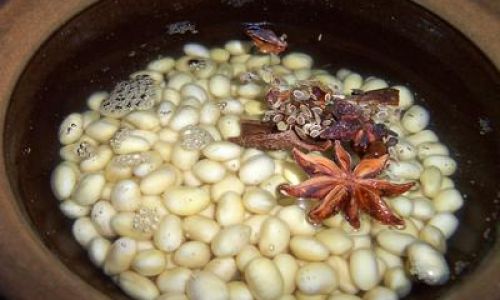
- Tenderness: A cooked soybean should be tender to the bite. When you gently press a cooked soybean between your thumb and forefinger, it should give easily without resistance. Raw or undercooked soybeans will feel firm and possibly even crunchy.
- Mashing Test: Another way to check for tenderness is to mash a few soybeans with a fork or spoon. Fully cooked soybeans should mash easily into a paste-like consistency.
- Chewing Test: Taste a few soybeans by chewing them thoroughly. Cooked soybeans should have a creamy, soft texture with no hard spots. If you encounter any resistance or hardness, the soybeans may need more cooking time.
Cooking Methods and Doneness Indicators
Different cooking methods affect how you determine soybean doneness. Here’s a closer look at some common methods:
Boiling
Boiling is one of the most straightforward methods for cooking soybeans. Here’s how to do it and check for doneness:
- Preparation: Sort through the soybeans to remove any stones, dirt, or damaged beans. Rinse them thoroughly under cold running water.
- Soaking (Optional): For dry soybeans, soaking overnight in water can reduce cooking time and improve texture. Drain and rinse the soaked beans before cooking.
- Boiling: Place the soybeans in a large pot and cover them with water, ensuring there’s at least 2-3 inches of water above the beans. Bring the water to a rolling boil, then reduce the heat to a simmer.
- Cooking Time: For soaked dry soybeans, simmer for about 1-2 hours or until tender. Fresh green soybeans like edamame usually take around 5-10 minutes.
- Doneness Check: Use a spoon or ladle to scoop out a few soybeans. Let them cool slightly, then test for tenderness as described earlier.
Steaming
Steaming soybeans retains more of their natural flavors and nutrients. Here’s how to steam soybeans and check for doneness:
- Preparation: Rinse the soybeans thoroughly. For dry soybeans, soaking is recommended before steaming.
- Steamer Setup: Fill the bottom of a steamer with water and bring it to a boil. Place the soybeans in the steamer basket, ensuring they are not overcrowded.
- Steaming Time: Steam soaked dry soybeans for about 1-2 hours, or until tender. Fresh green soybeans like edamame will take around 5-10 minutes.
- Doneness Check: Carefully remove a few soybeans from the steamer and let them cool. Test for tenderness by pressing them gently between your fingers or mashing them with a fork.
Pressure Cooking
Pressure cooking soybeans significantly reduces cooking time while retaining flavor and nutrients. Here’s how to do it:
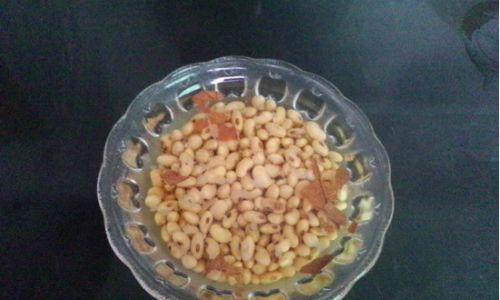
- Preparation: Rinse the soybeans thoroughly. Soaking is optional but can further reduce cooking time.
- Pressure Cooker Setup: Place the soybeans in the pressure cooker and add enough water to cover them by at least 1 inch. Lock the lid in place and set the pressure cooker to high pressure.
- Cooking Time: For soaked dry soybeans, cook for about 20-30 minutes. Fresh green soybeans like edamame will take around 5-7 minutes under high pressure.
- Release Pressure: Allow the pressure to release naturally for best results, or use the quick-release method if you prefer.
- Doneness Check: Open the pressure cooker carefully and test a few soybeans for tenderness as described earlier.
Baking
While less common, baking soybeans can be an interesting way to prepare them, especially for specific recipes. Here’s how to bake soybeans and check for doneness:
- Preparation: Preheat your oven to 375°F (190°C). Rinse and drain the soybeans. Soaking is not necessary but can help with texture.
- Baking Dish: Spread the soybeans in a single layer on a baking sheet lined with parchment paper or aluminum foil. Drizzle with a small amount of oil if desired.
- Baking Time: Bake for about 45-60 minutes, stirring occasionally to ensure even cooking.
- Doneness Check: Remove a few soybeans from the oven and let them cool slightly. Test for tenderness by pressing them gently between your fingers or chewing them. Note that baked soybeans may have a slightly firmer texture than boiled or steamed beans due to the drying effect of the oven.
Additional Tips for Perfectly Cooked Soybeans
- Water Level: Always ensure there’s enough water covering the soybeans during boiling or pressure cooking to prevent scorching and ensure even cooking.
- Stirring: Stir soybeans occasionally during boiling to prevent them from sticking to the bottom of the pot.
- Seasoning: Add salt or other seasonings after the soybeans are cooked, as adding them too early can toughen the beans’ skins.
- Storage: Cooked soybeans can be stored in the refrigerator for up to a week in an airtight container. For longer storage, freeze them in portions.
Conclusion
Determining if soybeans are cooked properly involves a combination of visual inspection, texture analysis, and understanding the specific cooking method used. By paying attention to color changes, swelling, skin texture, and tenderness, you can ensure that your soybeans are cooked to perfection. Whether you’re boiling, steaming, pressure cooking, or baking, following these guidelines will help you achieve delicious, tender, and nutritious soybeans that enhance any dish. Happy cooking!



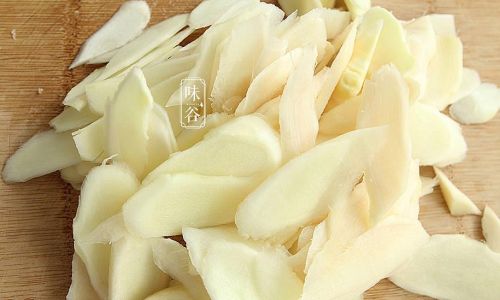
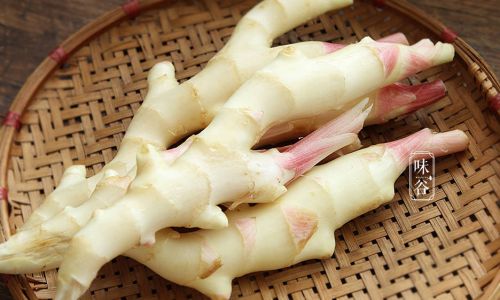
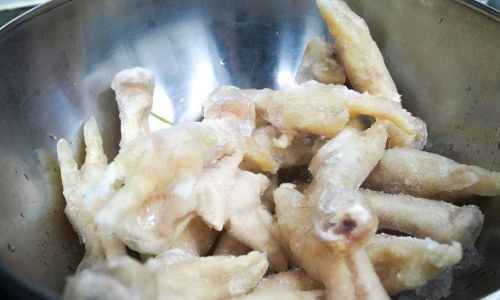
0 comments